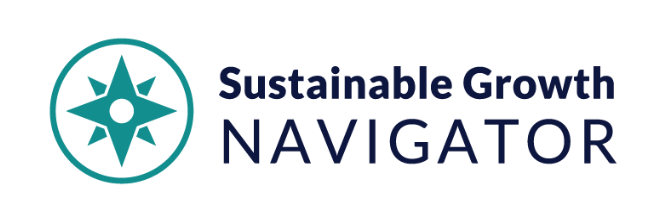“ESG Navigator was one of several inputs we used to inform the next generation of sustainability at UPS. The framework helped us engage with other functions to identify top priorities, refine our strategy and set new goals.”
Suzanne Lindsay-Walker – Chief Sustainability Officer – UPS
Pick your spots . . . it costs money/resources to move up the maturity curve.
Start with Materiality
Review your latest ESG materiality assessment (or whatever equivalent document you have internally) to identify the major environmental and social impacts and related stakeholder concerns.
- ENVIRONMENT: What are the key “E” issues that pose a material risk?
- SOCIAL: What are the key “S” issues that pose a material risk?
- GOVERNANCE: How does the company manage both ESG risks and opportunities?
- STRATEGY: How can the company capture growth from ESG?
Complete ESG Importance Survey
Complete Survey Now
typically takes ~10 minutes
Criteria to Rate Importance
We recommend tagging ~10-15% of the ESG Navigator KSIs as “Most Important” (we have also referred to as “Highly Relevant”). That means flagging a total of ~15-25 (of the 100) KSIs as most important. That equates to 1-2 per each of the 17 elements – on average.
Suggested breakdown of “Most Important” (Highly Relevant) KSIs by Section:
- Governance: ~6-8 highly relevant KSIs
- Strategy: ~4-6 highly relevant KSIs
- Environment: ~3-4 highly relevant KSIs
- Social: ~3-4 highly relevant KSIs
How Your Peers Prioritize
We constantly analyze how all of the companies using ESG Navigator are scoring their companies. In particular, we look at the summary of which KSIs companies most frequently select as being “Most Important” (Highly Relevant).
We provide a summary of this analysis to paid Gold Subscribers.
